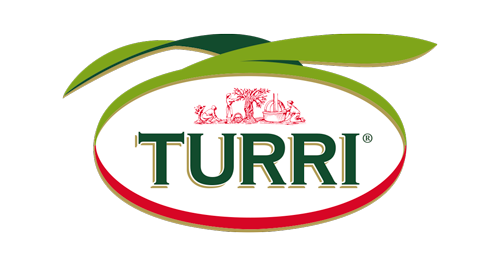It is in early June that the first tiny olives start to appear on the branches of our trees. Throughout the summer months they slowly grow, beginning to accumulate small amounts of oil. Later on, during the ripening stages, the levels of water, sugar and acidic compounds decrease, while its fatty component, or in other words, oil, increases.
Most cultivars complete their ripening process in late September, and are then ready to be picked. In our country, the harvesting season goes from mid October to December; this is because olives don’t all ripen at the same time, it depends on the variety, the climate and the type of soil where they grow. To determine whether they are ripe, farmers check how dark their skin has become. The technical term is veraison, which describes the change of colour from green to purple and black. Olives are picked when most of the fruit has reached this latter stage, because this ensures that the oil produced is of excellent quality.
In general, both the environment and the weather have a strong impact on crop quality and productivity. Olive trees have been growing in the countryside surrounding Lake Garda since time immemorial, because the position and microclimate of the area make it an ideal place for this plant species. The natural boulder of the Alps up north and the mass of water of the lake contribute to creating a Mediterranean-like climate, with warm, balmy summers and temperate winters. The most common varieties growing in this area are Casaliva, Frantoio, Leccino and Pendolino, which are all used to make our prized PDO Garda extra virgin oil.
The olives are harvested by hand or with the aid of small-scale mechanical means. Care must be taken to prevent them from touching the ground, so as not to compromise the quality of the oil.
The olives are immediately brought to the mill to be pressed so as to fully preserve their freshness and quality.
Here they are weighed, de-leafed and washed before being milled. This process produces the so called olive paste, which is in turn subjected to malaxation, i.e. a delicate churning that allows the small droplets of oil released by the milling process to aggregate and be more easily separated. The solid matter, called pomace, and the liquid one are then separated by centrifugation, and the oil thus obtained is ready to be bottled.
It is best to use oil within 18 months, not because it goes off, but simply for reasons of palatability. The pleasure of fresh oil is truly unique.
This journey from olive tree to bottle encloses 70 years of experience and all the passion we put into making oil, so that you can savour this gift of Nature every day.
Discover all our products in our online shop.


